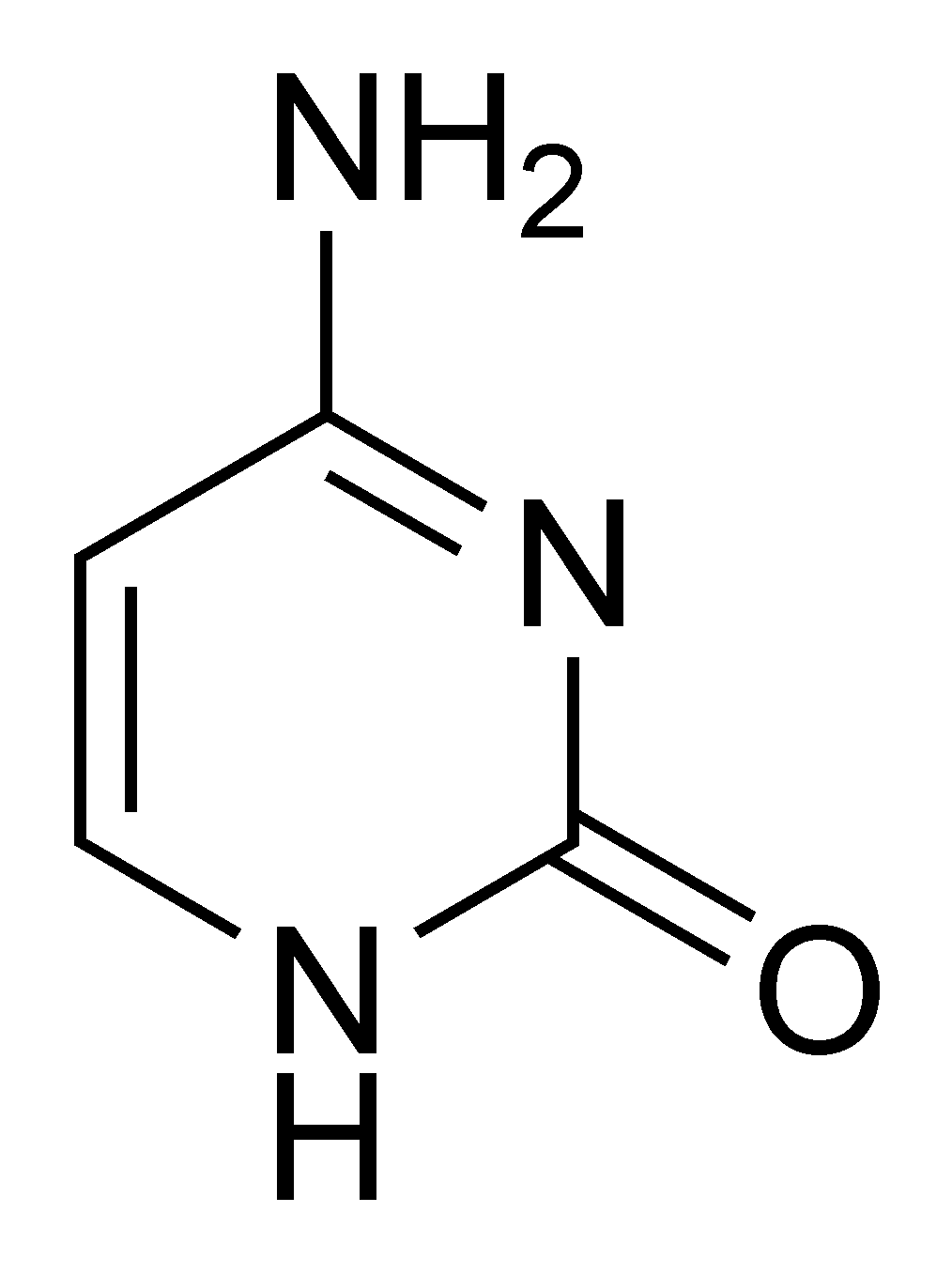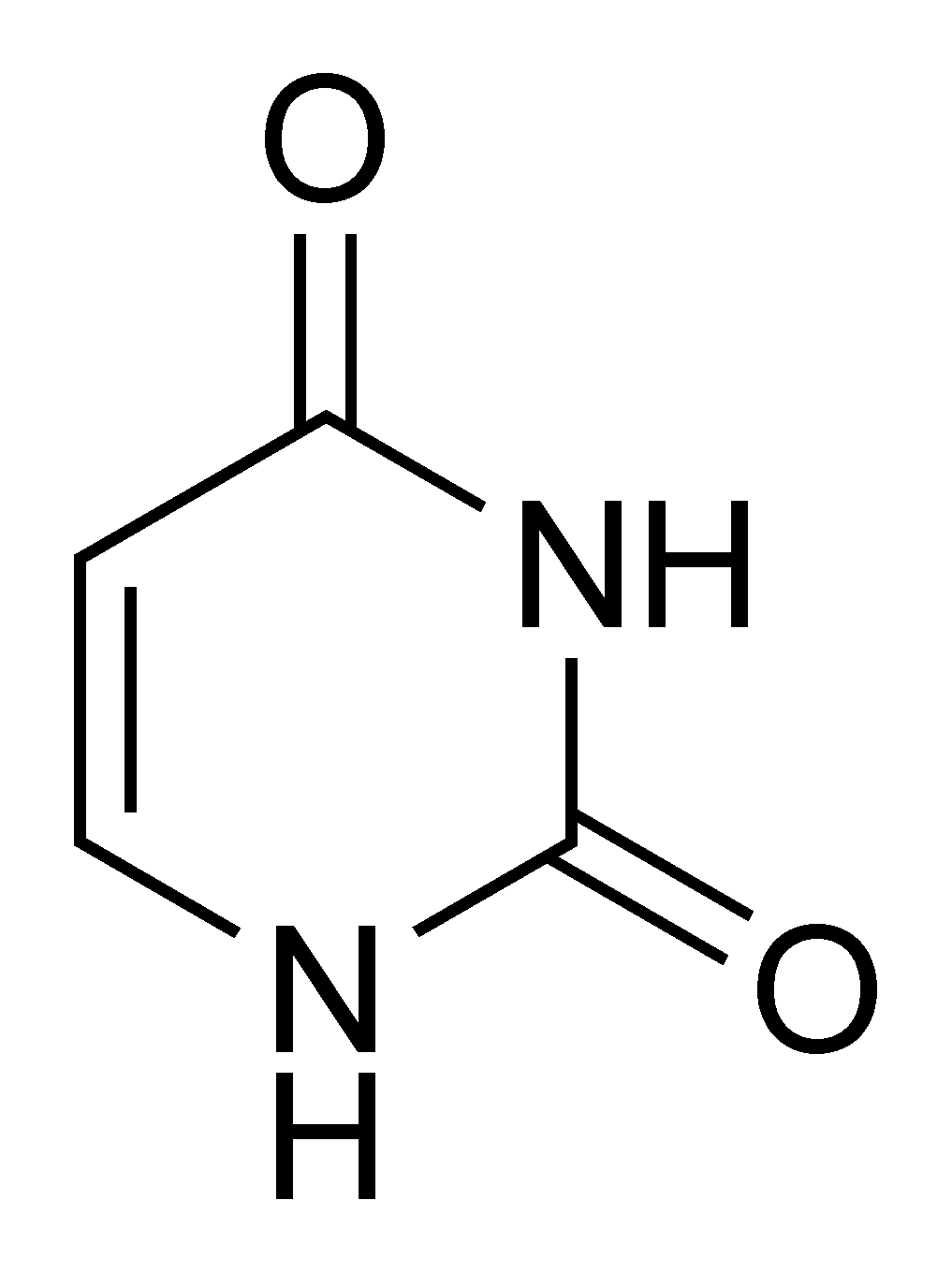Somatic hypermutation
Overview
Somatic hypermutation (or SHM) is a mechanism inside cells that is part of the way the immune system adapts to new foreign elements if it is confronted with (for example, microbes). It serves to diversify the receptors the immune system uses to recognize foreign elements (antigens), and allows the immune system to adapt its response to new threats during the lifetime of an organism.[1] Somatic hypermutation involves a programmed process of mutation affecting the variable regions of immunoglobulin genes. Unlike many other types of mutation, SHM affects only individual immune cells, and the mutations are not transmitted to offspring.[1]
Mistargetted somatic hypermutation is currently under investigation as a possible mechanism in the development of B-cell lymphomas. [2]
Targets
When a B cell recognizes an antigen, it is stimulated to divide (or proliferate). During proliferation, the B cell receptor locus undergoes an extremely high rate of somatic mutation, that is at least 105-106 fold greater than the normal rate of mutation across the genome.[1] The mutations that occur are mainly single base substitutions, with occasional insertions and deletions and occur at “hotspots” located throughout DNA that encodes the immunoglobulin variable region.[3] This directed hypermutation allows for the selection of B cells that express immunoglobulin receptors possessing an enhanced ability to recognize and bind a specific foreign antigen.
Mechanism


Experimental evidence supports the view that the mechanism of SHM involves deamination of cytosine to uracil in DNA by an enzyme called Activation-Induced (Cytidine) Deaminase, or AID.[4][5] A cytosine:guanine pair is thus directly mutated a to a uracil:guanine mismatch. Uracil residues are not normally found in DNA, therefore, to maintain the integrity of the genome most of these mutations must be repaired by high-fidelity DNA mismatch repair enzymes. The uracil bases are removed by the repair enzyme, uracil-DNA glycosylase.[5] Error-prone DNA polymerases are then recruited to fill in the gap and create mutations.[6]
The synthesis of this new DNA involves error-prone DNA polymerases, which often introduce mutations either at the position of the deaminated cytosine itself or neighboring base pairs. During B cell division the immunoglobulin variable region DNA is transcribed and translated. The introduction of mutations in the rapidly-proliferating population of B cells ultimately culminates in the production of thousands of B cells, possessing slightly different receptors and varying specificity for the antigen, from which the B cell with highest affinities for the antigen can be selected. The B cells with the greatest affinity will then be selected to differentiate into long-lived plasma cells producing antibody and memory B cells contributing to enhanced immune responses upon reinfection.[1]
The hypermutation process also utilizes cells that auto-select against the 'signature' of an organism's own cells. It is hypothesized that failures of this auto-selection process may also lead to the development of an auto-immune response.
See also
References
- ↑ 1.0 1.1 1.2 1.3 Oprea, Mihaela (1999) Antibody Repertoires and Pathogen Recognition: The Role of Germline Diversity and Somatic Hypermutation University of Leeds.
- ↑ Odegard VH, Schatz DG. Targeting of somatic hypermutation. Nat Rev Immunol 2006; 6(8): 573-83. PMID 16868548
- ↑ Li, Ziqiang, Caroline J. Woo1, Maria D. Iglesias-Ussel, Diana Ronai and Matthew D. Scharff. (2004) The generation of antibody diversity through somatic hypermutation and class switch recombinationFull Text (html) Genes & Development 18:1-11.
- ↑ Diaz, Marilyn Somatic Hypermutation National Institute of Environmental Health Sciences.
- ↑ 5.0 5.1 Larson, Erik D and Nancy Maizels (2004) Transcription-coupled mutagenesis by the DNA deaminase AID Full Text (html) Genome Biol.; 5(3):211.
- ↑ Neuberger, Michael "Immunity and DNA deamination MRC Laboratory of Molecular Biology
External links
- Immunoglobulin+somatic+hypermutation at the US National Library of Medicine Medical Subject Headings (MeSH)